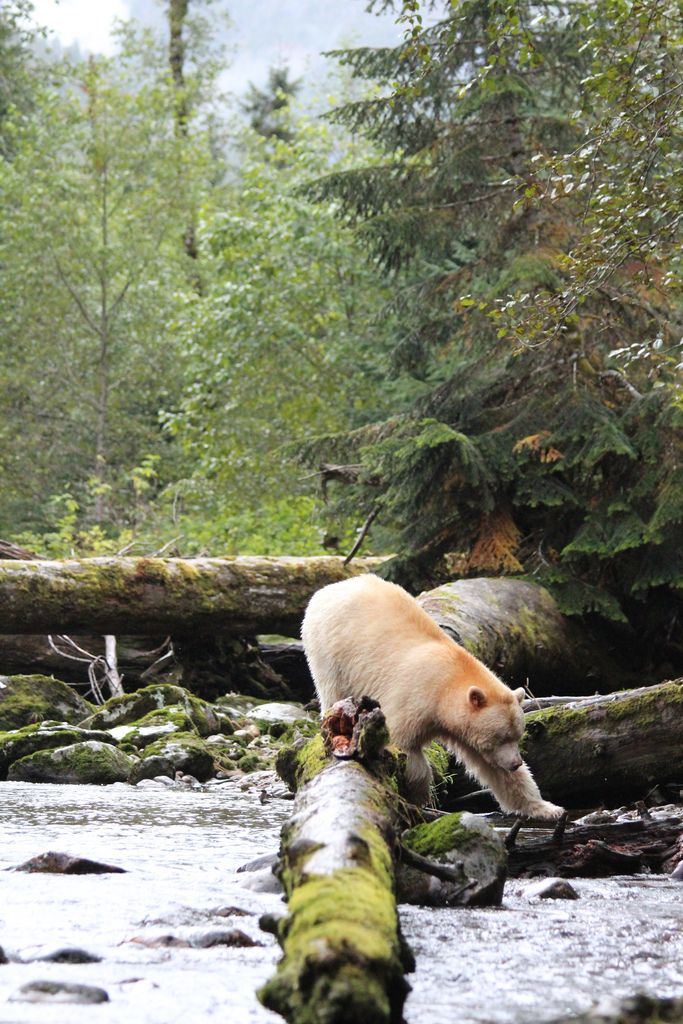Dear Integral Meditators,
Some people give up or don’t even try meditation as they think their mind is just too busy, and they can’t still it. Below are five simple methods that you can use to quieten the mind when you feel the need, as well as an outline of some of the benefits.
In the spirit of the quiet but strong,
Toby
 Five Methods for Quietening the Mind
Five Methods for Quietening the Mind
Why should we be interested in quietening the mind?
In a nutshell, to de-stress, improve task related performance, & develop your capacity to reflect and observe. Quietening or stilling the mind is also a pre-requisite for access to deeper states of meditation.
1. Ducking beneath your mind – Breathing through the hara
This first method involves bringing your awareness down into the belly (or ‘hara’ to use the Zen term) and breathing with your attention focused there. Most of the mental busyness that we experience happens within the head and the heart centres, so bringing your awareness down into your belly enables you to access a state of focused, non-conceptual quietude more easily.
Taking care of your heart-space – Feeling emotions properly
Much of the inner conflict that we experience actually originates in our heart as unresolved feelings and emotions. Attuning yourself to the feelings in your heart centre and learning to acknowledge them, feel them and resolve or release them makes it hugely easier to quieten and still the mind. As the saying goes; If You Feel Properly You Will Think Clearly.
Finding the still point in the center of the brain
There is a ‘still point’ in the center of the brain that you can learn to place your attention upon. When you do this you find that it is possible to still the mind without too much effort. It is called the ‘cavity of original spirit’ by the Taoists. It is in the area where the thymus and hypothalamus are located in the brain, but you really don’t need to know too much about the brains’ actual anatomy, if you just go into the middle of your brain and explore, you’ll find that there is a specific place where, if you place your attention there it has a naturally quietening effect upon the mind.
Listening to the sound of silence
If you’ve ever been in a place where there is absolute outer quiet, you might have noticed there is a kind of high frequency ‘sound’ or ringing in your ears. This is what I mean by the sound of silence. With practice you can learn to recognize and focus your attention on this sound even when there are other noises around you. The sound of silence has a kind of pleasant hypnotic, focusing effect that is very good for quietening the mind.
Recognizing the power of your environment
This final method is really about learning to be aware of environments where there is a lot of negative psychological energy around, and ensuring that you don’t allow yourself to be victimized by it; the crowded bus on the commute home, the hostile office, the anger from a family member. One thing that I do quite often if I am in such an environment is to imagine my energy field or aura covered externally by a bubble of insulating black light that blocks negative energy from my surroundings. The bubble is open at the top and the bottom; letting in light from the sky and stars above and the earth below, but it is closed off from my immediate surroundings. This last ‘psychic self-defence’ technique is as close as you’ll get to an occult exercise in this article!
So there you go, five methods for you to try out in your own time. If you like you can practice one each day during the weekdays for five minutes each. Do that for a month to gain a little experience of each!
Related articles: The Mind in the Heart
The Sound of Silence
If You Feel Properly You Will Think Clearly
© Toby Ouvry 2015, you are welcome to use or share this article, but please cite Toby as the source and include reference to his website www.tobyouvry.com
Integral Meditation Asia









